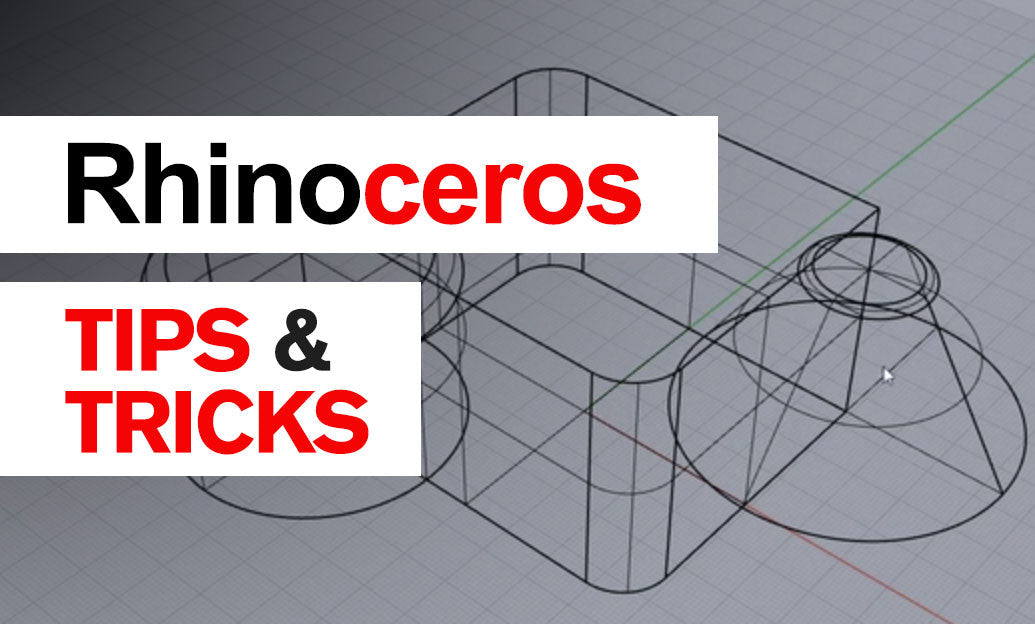Your Cart is Empty
Customer Testimonials
-
"Great customer service. The folks at Novedge were super helpful in navigating a somewhat complicated order including software upgrades and serial numbers in various stages of inactivity. They were friendly and helpful throughout the process.."
Ruben Ruckmark
"Quick & very helpful. We have been using Novedge for years and are very happy with their quick service when we need to make a purchase and excellent support resolving any issues."
Will Woodson
"Scott is the best. He reminds me about subscriptions dates, guides me in the correct direction for updates. He always responds promptly to me. He is literally the reason I continue to work with Novedge and will do so in the future."
Edward Mchugh
"Calvin Lok is “the man”. After my purchase of Sketchup 2021, he called me and provided step-by-step instructions to ease me through difficulties I was having with the setup of my new software."
Mike Borzage
V-Ray Tip: Optimizing Realism with V-Ray Blend Material: Key Tips and Techniques
September 17, 2024 2 min read

V-Ray Blend Material is a powerful tool that allows you to create complex surfaces by blending multiple materials together. This can be especially useful for achieving realistic textures and finishes in your renders. Here are some key tips to help you make the most of V-Ray Blend Material:
- Basic Understanding: V-Ray Blend Material works by layering several materials using masks. The base material provides the foundation, and additional materials are layered on top using blend layers and their corresponding masks to control the visibility of each layer.
- Setting Up the Base Material: Start with a well-defined base material. This material will form the core of your texture. Ensure it has the correct diffuse, reflection, and bump/normal map settings to match your desired base surface.
- Adding Blend Layers: Add blend layers to introduce new materials. Each blend layer can have its own unique properties like diffuse, reflection, and glossiness. This allows for intricate details and variations on the surface.
- Using Masks: Masks are essential in blending materials effectively. They control the areas where each blend layer is visible. Use grayscale textures or procedural maps to create detailed masks. Black areas in the mask will hide the blend layer, while white areas will reveal it.
- Fine-Tuning Layer Properties: Adjust the properties of each blend layer to achieve the desired look. You can modify parameters such as reflection glossiness, bump strength, and color to create subtle variations and realistic imperfections.
- Layer Hierarchy: The order of blend layers matters. Layers at the top of the hierarchy will cover those below. Rearrange layers to get the correct blend and ensure the final appearance matches your vision.
- Performance Considerations: Using multiple blend layers can increase render times. Optimize your materials by reducing the number of layers or simplifying masks where possible. Additionally, remember to use V-Ray proxies to manage complex scenes efficiently. For more on optimizing render times, check out Novedge.
- Real-World Examples: V-Ray Blend Material is perfect for creating materials like worn metals, rusty surfaces, chipped paint, and layered dirt. Analyze real-world references to understand how different materials interact and apply that knowledge to your blend material setup.
By leveraging V-Ray Blend Material, you can achieve a higher level of realism and complexity in your renders. Experiment with different materials, masks, and layer properties to master this powerful tool. For more advanced techniques and tips, visit Novedge.
You can find all the V-Ray products on the NOVEDGE web site at this page.
Also in Design News

Rhino 3D Tip: Understanding Surface and Solid Modeling in Rhino for Enhanced Workflow Efficiency
August 30, 2025 3 min read
Read More
Unlocking Advanced Animation Techniques: Five Studio-Proven Tricks to Elevate Your 3ds Max Workflow
August 30, 2025 6 min read
Read MoreSubscribe
Sign up to get the latest on sales, new releases and more …



